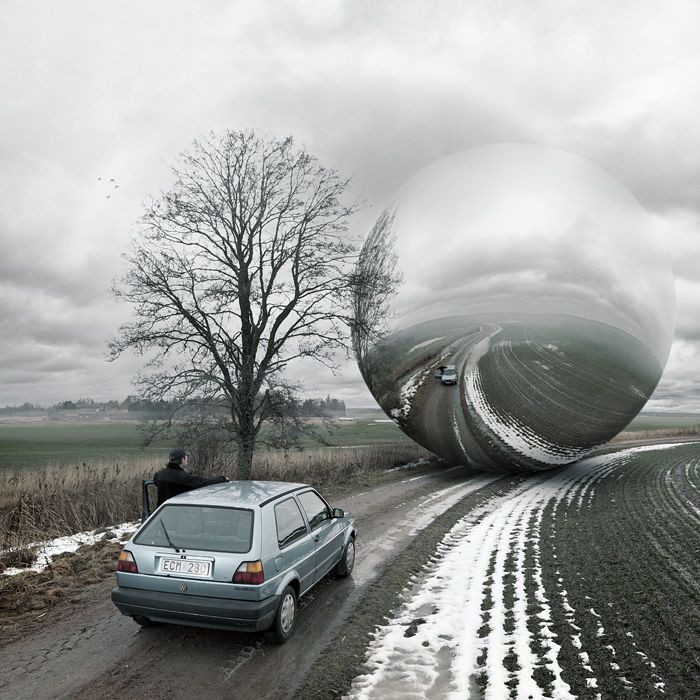

Poynor noted that Czech graphic designers embraced surrealism early. Eastern Europe was a wellspring of such artists, perhaps because they hadīecome so adept at creating veiled meaning in order to circumvent government censorship.

Still another section looks at the influence of the Wunderkammer, or cabinet of curiosities.Īnyone familiar with the art on the New York Times Op-Ed page will recall the appearance of a large number of surrealists in the 1970s and ’80s. Said, rattling off the sections of the exhibition that explore polymorphous transformations of the image, and another that looks at representations of the “Surreal body” – the eye, the figure fragmentedĪnd interior anatomy. Any designer who treats it as a tool is missing the point.”īut isn’t there at least a common language? “There is no common language – that sounds far too structured and systematic – but there are recurrent visual themes across the decades,” Poynor It resists the norms of everyday design and engages the viewer because it expresses something that many of us feel. Their work has a deep andĮven disturbing psychic power. Instead, what interests Poynor are those artists and designers who have “an inherently surrealist mentality.” He added, “This is the way they can’t help seeing the world. “Certainly, some illustratorsĪnd commercial artists have used it in this way, but those aren’t the people featured in ‘Uncanny.’ ” “It’s a mistake to think of surrealism as a tool,” he said firmly. This omission led me to ask Poynor why surrealism was such a popular tool for artists and designers. Purposely left out, however, is any hint of the “Magritte School,” so named for the widespread mimicry of the Belgian surrealist, which from the late 1960s through the early 1990s was the most copied editorialĪnd advertising style in the United States. Rich vein of surrealist typography (illustrated and collaged alphabets that owe a debt to illuminated manuscripts), which deserves an exhibition of its own someday.

exhibition announcements by Edward Fella, and posters by the French studio M/M (Paris) and Stefan Sagmeister. To contemporary graphic novels by Andrzej Klimowski, music graphics by Vaughan Oliver, D.I.Y. Now an exhibition called “Uncanny: Surrealism and Graphic Design,” at the Moravian Gallery inīrno, Czech Republic, is surveying a portion of the surrealist landscape, from its avant-garde roots to its inevitable application as modern graphic design.Ĭurated by the English design critic Rick Poynor, the exhibit scopes out a swath of vintage and contemporary work, from ’20s and ’30s book covers by artist-designers like Karel Teige, Jindrich Styrsky and Toyen Surrealism quickly became one of the most popular tropes for designers and illustrators in the mid to late 20th century. Of transforming and manipulating images to provide certain products with mysterious auras. Shortly after the art movement took hold in the early 1920s, advertising agencies also recognized the value Grandville (1803-47) and Albert Robida (1848-1926) were among the 19th-century illustrators who convulsed and distorted reality (the French were always predisposed to the surreal), using anthropomorphismĪnd dreamscapes well before 20th-century surrealists like Salvador Dalí, Max Ernst and René Magritte. Yet before surrealism was an early-20th-century European avant-garde manifestation, it was the language of comics and commercial art. OnceĪ radical art movement, today it is a common visual style. “Picture yourself in a boat on a river, / With tangerine trees and marmalade skies,” wrote John Lennon in “Lucy in the Sky With Diamonds.” This symbolic lyric is a good example of surrealism.


 0 kommentar(er)
0 kommentar(er)
